TERC Blog
Broadening Participation in STEM Education
The TERC Scholars Program
Diversifying the science, technology, engineering, and mathematics (STEM) workforce is a unique challenge that begins with who and how we educate in STEM. It requires both acknowledging the past, to unravel systemic injustices that have historically excluded marginalized communities from participation in STEM education, and looking to the future, to cultivate new, dynamic educational opportunities for diverse involvement.
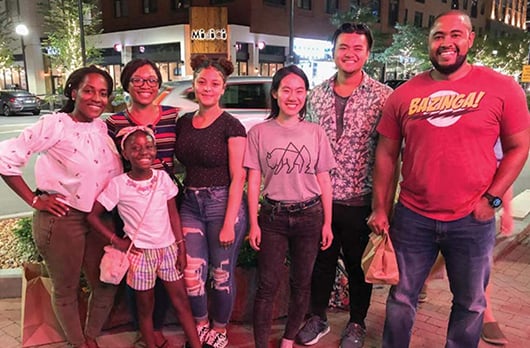
The TERC Scholars Program (TSP) was established in 2017, in conjunction with Wheelock College (now under Boston University), to encourage underrepresented minority college students to envision futures for themselves in STEM fields. TSP offers paid internships and customized mentoring to STEM and non-STEM majors and engages them in TERC’s ongoing research work. The internships expose students to the plethora of STEM careers available to them. TERC scholars:
- Engage in interdisciplinary research that promotes the importance of STEM literacy for all learners
- Receive guidance and counseling about graduate career and professional development opportunities
- Learn essential research skills and methodologies to supplement TERC’s expansive body of STEM education research
- Interact with fellow STEM educators and researchers to contribute their unique perspectives to the larger STEM ecosystem
- Investigate and communicate the ways in which their research project can create a broader impact through transformative social justice
The 2018-2019 academic year boasted an outstanding cohort of TERC Scholars working on an array of innovative National Science Foundation (NSF) projects. Some of their accomplishments include presenting their work at the University of Colorado–Boulder and Tufts University, co-authoring an article in a peer-reviewed journal, and receiving a thank-you message from U.S. Congresswoman Ayanna Pressley.
In the following pages two scholars, Nicole Shearer and Katie Yao, share first-hand accounts of their experiences in TSP. Through their diligent efforts, and the invaluable guidance and support of their TERC mentors, TERC Scholars like Nicole and Katie are expanding their own horizons and embracing the significance of broadening participation in STEM education and the STEM workforce to include everyone.
The TERC Scholars Program would especially like to thank Dr. Detris Adelabu, Director of the Boston University Emerging Scholars Program, and Dr. Mia Ong, Senior Research Scientist at TERC, for their unwavering support, wisdom, and recruitment efforts throughout the years.
The TERC Scholars Program gratefully appreciates the time, knowledge, and commitment of all mentors and principal investigators, TERC President Laurie Brennan, and especially of Marlene Mitchell for her instrumental work as the TSP Administrator.
To learn more about the program, including current and past TERC Scholars’ work, please visit the TERC Scholars Internship webpage.
Stephen D. Alkins, Ph.D., is the Diversity, Equity, and Inclusion Officer at TERC and Director of the TERC Scholars Program.
Youth Advocacy Through PD for Paraeducators
By: Nicole Shearer

I was a senior at Wheelock College/Boston University graduating with a B.S. in social work when I interned at TERC. I supported Doing the Math with Paraeducators (NSF #1621151), a project which focuses on professional development of mathematics paraeducators in grades K–3. My TSP mentors were Karen-Mutch Jones and Judy Storeygard.
The project’s goal is to provide and study professional development that builds the confidence of paraeducators by helping them strengthen their mathematics knowledge and teaching strategies. Paraeducators—formerly referred to as teacher aides, teaching assistants, or instructional aides—work alongside teachers, often supporting challenging students and filling critical teacher shortages. Paraeducators are often required to teach mathematics content without being provided the knowledge or supervision they need to be effective. Doing the Math supports them to be able to enhance the mathematics learning experience of their students, who come from a wide range of experiences and backgrounds.
We conducted the project in the Boston Public Schools and focused on grades K–3, where the largest numbers of paras are employed. Because I have previous research knowledge from interning with other TERC projects, I was able to assume an active research role, helping collect and code data from surveys, post-observation debriefings, written reflections, and individual interviews.
My contributions to data analysis were most substantial. I carried out the entire process for coding qualitative data, including creating and refining a codebook that could be used by the entire project team in the future. I also participated in the classroom, supporting the professional development sessions, where I enjoyed building relationships with some of the paras.
I was happy to see that findings from this project showed increased para confidence in math knowledge and teaching practices. For instance, we were able to track the para growth in differentiating instruction to address student strengths and needs, which came from their own knowledge of the different ways to solve the same problem. One para stated that the program helped her “as an educator to push my students more and also it helped me to learn”. We also found that the paras built a learning community together, and that the discussions they had with each other during the professional development continued in their own schools.
As a future social worker, my passion is really youth advocacy. I was able to see the project from the perspective of young students who have disabilities or who for whom English is a second language. Paras often encounter these students, and it’s important that they feel empowered to support them. Supporting young students in mathematics is particularly important, as early mathematical skills have been shown to be powerful predictors of later academic achievement (Stipek et al., 2012). It was meaningful to me to have this opportunity to help strengthen paraeducators in this way, and to know that the project will broaden learning opportunities and access for young learners of many backgrounds and abilities.
References
Stipek, D., Schoenfeld, A., & Gomby, D. (2012). Math matters: Even for little kids. Education Week.
Project Information
Doing the Math wih Paraeducators: terc.edu/projects/paraeducators
Improving College and Workplace Environments for Underrepresented Groups
By: Katie Yao
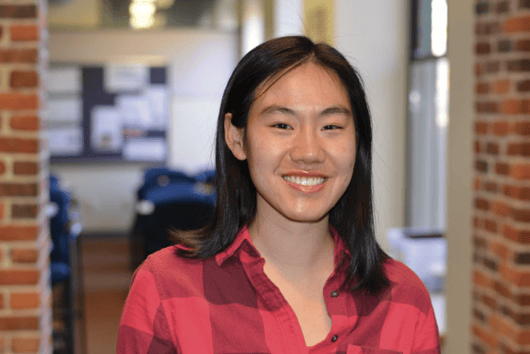
During my internship, I was a junior at Boston University majoring in Health Science and minoring in public health and business administration. At TERC, I worked on two projects with Mia Ong, Nuria Jaumot-Pascual, Audrey Martinez-Gudapakkam, and Christina Bebe. Literature Analysis and Synthesis of Women of Color in Technology and Computing (LASOW, NSF # 1760845) focuses on the experiences of women of color in technology and computing. Native Women and Two-Spirit Individuals Higher Education: A Photo Elicitation Study of Persistence (NAWC2) is a study that uses photo elicitation to determine success and barriers for Native students at institutions of higher education.
The goals of both projects include contributing to the understanding of factors that allow students of color to persist in their fields, identifying gaps in knowledge, and recommending solutions to retain women of color in STEM and Native students in higher education.
My role on the team was to assist in the process of creating a literature synthesis for LASOW. This included writing brief analytic memos on existing literature on women in computing and technology at institutions of higher education and workplaces, as well as learning how to code literature. During this time, I learned various terms that were needed to complete an attributes form, such as sample size and data collection method, for each piece of literature and research methods that social scientists use to gather and analyze data.
Additionally, completing the attributes form was a daunting task at first because we had to define ambiguous terms to ensure that everyone on the team was completing the form systematically and uniformly.
While reading literature for both projects, I noticed many similarities between the experiences of women of color in STEM and Native American students (men and women) in higher education. Both groups faced overt and covert racism on campus and in the workplace, which made them seek social and cultural groups that allowed them a safe space to share their struggles and successes. They also want to give back to their community because they want to make their friends and family proud as well as to be a role model for children.
Women of color and Native students mentioned a mentor who acted as an advocate, sponsor, and/or role model, which helped them navigate their institutions or careers. I thoroughly enjoyed reading each piece of literature because as a first-generation college student, I can attest to the struggles of the participants in the studies and I found the testimonies of the participants to be incredibly touching. It also made me realize the numerous changes that institutions need to enact to ensure an equitable environment for students of color to succeed.
Prior to my internship at TERC, I was on the pre-medical track, but I have since transitioned to pursue other interests in business and law. After reading literature on women of color in STEM and Native students’ experiences in higher education, I realized that many of my peers in college had similar experiences mentioned in the studies. I think I want to continue helping to improve the college and workplace environment for underrepresented groups.
Project Information
LASOW: terc.edu/projects/lasow
NAWC2: terc.edu/projects/nawc2

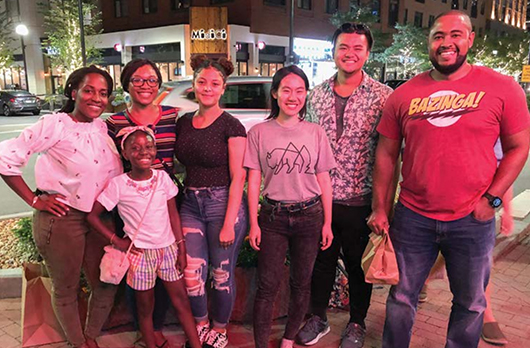





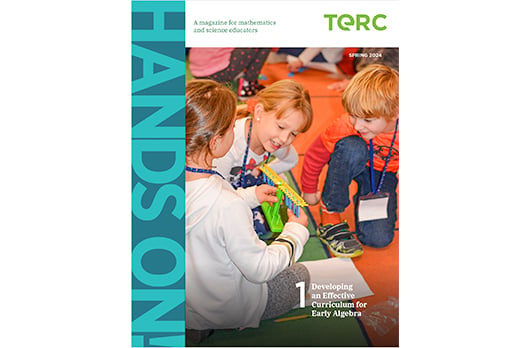


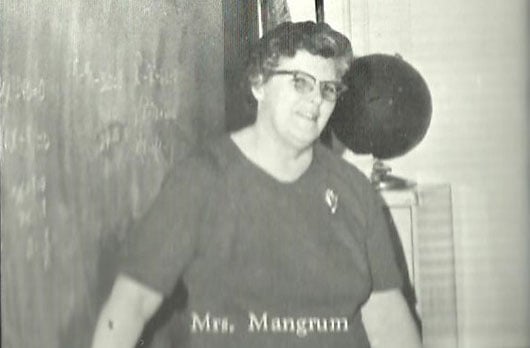
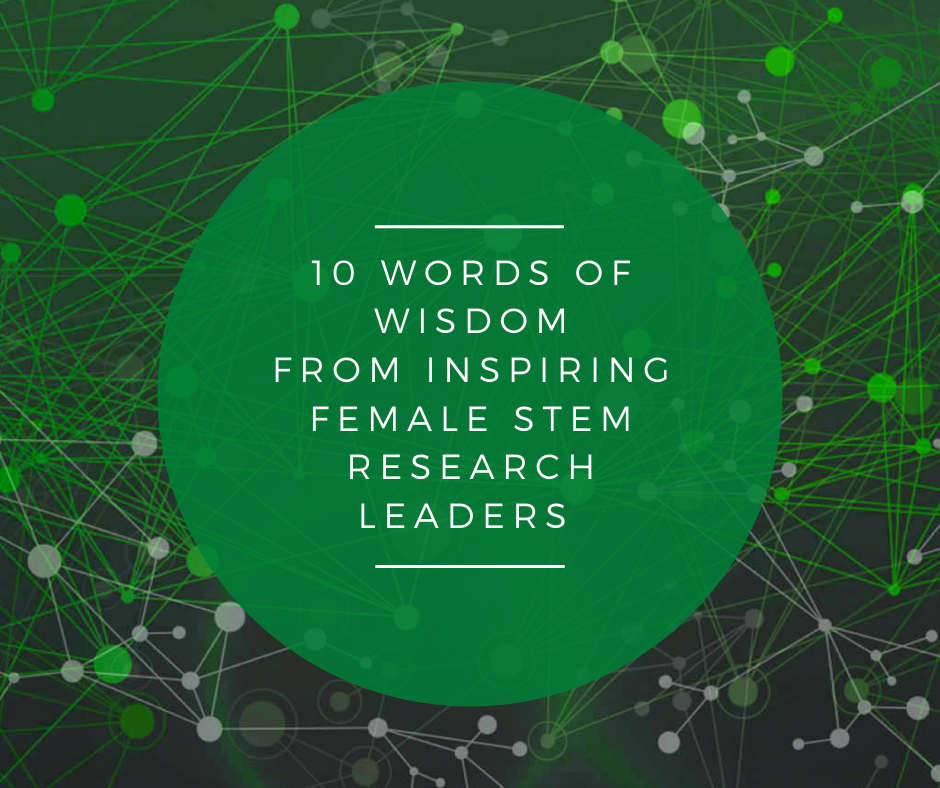

-Bonda.jpg)